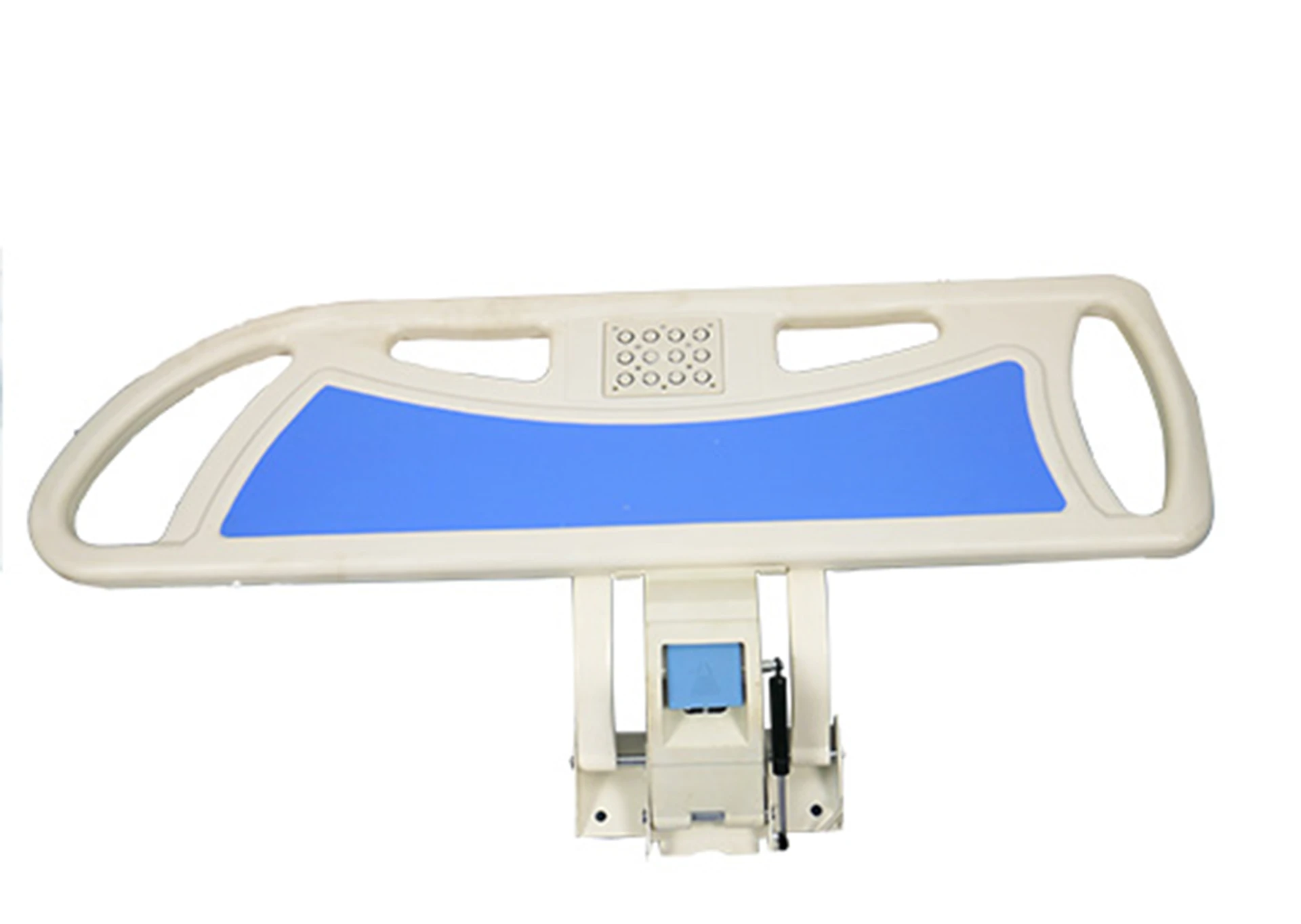Welcome to our websites!
Using Crutches Effectively for Managing Stress Fractures and Promoting Recovery
Crutches for Stress Fractures A Supportive Solution
Stress fractures are small cracks in a bone that occur due to repetitive force or overuse, commonly impacting athletes, active individuals, or those who have increased their physical activity levels too quickly. These injuries can be a significant setback, requiring proper management to ensure healing and prevent further complications. One of the most widely recommended aids for individuals suffering from a stress fracture is the use of crutches.
Crutches are orthopedic devices that help individuals who have difficulty walking due to an injury or surgery. They offer support by shifting the weight away from the injured leg, allowing for mobility while avoiding excessive strain on the affected area. For those with a stress fracture, crutches provide a critical tool for recovery, alleviating pain and promoting the healing process.
Understanding Stress Fractures
Stress fractures can occur in various parts of the body, although they are most commonly found in the lower extremities, such as the foot, ankle, and shin. Factors contributing to the development of stress fractures include inadequate footwear, poor training techniques, sudden changes in activity levels, and underlying medical conditions that affect bone density. Symptoms often include localized pain, tenderness, and swelling, which can worsen with activity and improve with rest.
The Role of Crutches in Recovery
The primary purpose of crutches in the treatment of stress fractures is to provide stability and support. By allowing the patient to keep weight off the injured limb, crutches help relieve pain and reduce the risk of further damage to the affected bone. This offloading is crucial, especially in the preliminary stages of healing.
Using crutches correctly involves understanding proper techniques to ensure safety and promote effective mobility. Individuals must learn how to position their hands and arms comfortably to reduce strain and how to navigate both flat surfaces and inclines. Proper fitting is also essential; the crutches should be adjusted to the person's height, with the handgrips at wrist level when standing straight. This adjustment helps to maintain good posture and balance, making mobility easier and more comfortable.
crutches for stress fracture

Benefits of Using Crutches
1. Reduced Pain By redistributing weight, crutches help minimize the pain associated with a stress fracture. Patients often report significant alleviation of discomfort when using crutches compared to bearing weight directly on the injured limb.
2. Enhanced Mobility Crutches enable individuals to maintain a degree of independence, allowing them to move around their environment without assistance. This mobility is vital for everyday activities, such as using the restroom, getting food, or attending appointments.
3. Encouragement of Healing By keeping weight off the injured area, crutches contribute to a more favorable healing environment. This support encourages the bone to repair itself more efficiently, potentially leading to a quicker return to normal activities.
4. Psychological Benefits Coping with an injury can be challenging, both physically and emotionally. Using crutches can foster a sense of autonomy and control, reducing feelings of frustration and helplessness associated with recovery.
Conclusion
In summary, crutches are an invaluable tool for individuals dealing with stress fractures. They not only ease the pain associated with these injuries but also promote healing and provide a means of independence during recovery. Patients are encouraged to work closely with healthcare professionals to ensure they are using crutches properly and to develop a tailored rehabilitation plan that may include strength training and gradual return to activity. By taking these steps, individuals can foster their recovery, returning to their active lifestyles more safely and effectively.
-
Transforming Healthcare with Hospital FurnitureNewsJun.24,2025
-
Rehabilitation EquipmentNewsJun.24,2025
-
Mobility and Independence with WheelchairsNewsJun.24,2025
-
Freedom of Mobility with Our Rollator WalkersNewsJun.24,2025
-
Comfort and Independence with Commode ChairsNewsJun.24,2025
-
Bathing Safety and Independence with Shower ChairsNewsJun.24,2025
-
Navigating the Wholesale Landscape of Electric Mobility Solutions: Key Considerations for Power Wheelchair DealersNewsJun.10,2025











